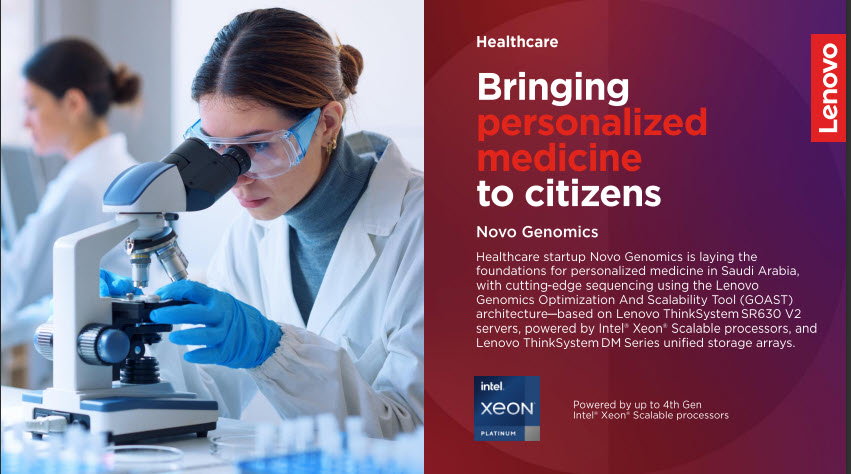One of the most anticipated features of Sun’s ROCK processor was Transactional Memory, which was intended to simplify parallel programming by allowing a group of load and store instructions to execute in an atomic way. Now, some 18 months after Oracle cancelled ROCK, IBM has become the first company to ship a commercial microprocessor using […]
Archives for August 2011
Video: Mathematica and Cuda Demo
httpv://www.youtube.com/watch?v=IQDKQD0b_58 This video from SIGGRAPH 2011 demonstrates Mathematica running together with CUDA. A tip of the hat goes to Tony, AKA NvidiaCuda for shooting this video. Using YouTube’s editor, we were able to apply motion stabilization to make the clip much more watchable. Great stuff!
VBI to Develop Bioinformatics Platform using Convey
Today Convey Computer announced it will partner with Virginia Bioinformatics Institute (VBI) to develop new reconfigurable computing platforms for life and medical sciences. Designed to deal with the data deluge flooding bioinformatics research, the new platform will use the FPGA-based Convey systems and complementary technologies. From our end, data are even more rich and intensive […]
Slidecast: Texas Memory Systems Steps Up with 10-Year RAID SSDs
httpv://www.youtube.com/watch?v=-A9T_gTHHRc In this slidecast, Jamon Bowen and Erik Eyberg from Texas Memory Systems discuss their new SSD storage solutions. Using eMLC in a RAID configuration, the new RamSam-810 product has lifetime rated at 10 years of continuous writing at 600 MB/s. Download the MP3 * Subscribe on iTunes * Subscribe on other podcast players
Visualization – Hands On for Virtual Experiments
Aaron Dubrow writes the visualization is often overlooked as a key tool for discovery, giving scientists a hands-on approach to virtual experiments: Oftentimes, researchers don’t know what they’re looking for. They use visualization to do debugging or to do exploratory analysis of their simulation data. In those cases, visualization is really the only way to […]
Video: Supercomputing at GE
httpv://www.youtube.com/watch?v=XN7GbX4kN60 In this video, Join Rick Arthur describes how computer simulation is changing scientific discovery and engineering. GE Global Research employs supercomputers to run computational models to design better aircraft engines, wind turbines, and many other high-tech products.
Whatever Happened to High Productivity Computing?
Clipped from: www.hpcnotes.com (share this clip) Andrew at the HPC Notes blog is wondering what happened to the term, High Productivity Computing? The focus on Productivity in “HPC” was about making sure the value of HPC was recognized and the optimum benefits extracted for the budget. This is clearly still a valid and important […]
Slidecast: Versant – The ABC's of NoSQL 2.0
httpv://www.youtube.com/watch?v=tDSfE7SWFd4 In this podcast, Versant’s Robert Greene presents The NoSQL 2.0 ABC’s. NoSQL provides the ability to scale beyond partitions. The first NoSQL database technologies were created to fill the acute scalability demands of Big Data and the explosion of the social Web. And while they mainly succeeded by instituting a shift in database architecture […]
Video: ISC'11 Hot-Seat – Motoi Okuda: "Fujitsu's Technologies to the K Computer"
httpv://www.youtube.com/watch?v=F835mvJWqus In this video, Motoi Okuda presents “Fujitsu’s Technologies to the K Computer.” Recorded at ISC’11 in Hamburg.
An Exclusive Interview with Intel’s CTO
Does the U.S. need a national exascale initiative? Are DARPA’s extreme scale program and DOE’s exascale program complementary — or competitive?
And what about Moore’s Law? Is exascale needed because Moore’s law is coming to an end?
Want to get answers to the really hard questions? Then you need to go to the top. That’s just what we did. In this exclusive interview coordinated with insideHPC, The Exascale Report interviews Intel CTO Justin Rattner.



